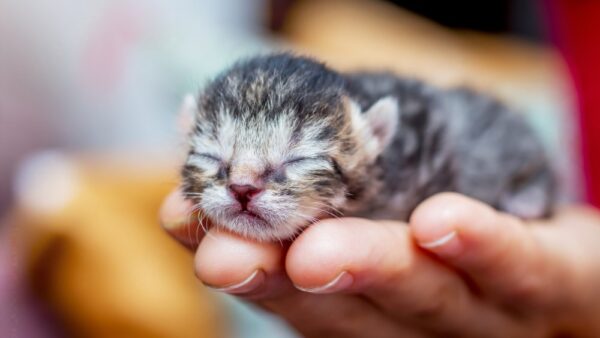The treatment for a cat’s footpad(paw) injury depends on the severity of the injury. If there is just a little bit of bleeding, the vet will likely use some gauze and tape to stop the bleeding. If there is significant blood loss or if there are deep cuts, the veterinarian may need to stitch up the wound.
The vet will also give you instructions on how to care for your cat at home. Some vets recommend that you apply an antibiotic ointment and wrap your cat’s foot in a bandage for a few days. For more severe injuries, your vet might prescribe oral antibiotics or topical antibiotics.
Cats often get injured in their footpads. When this happens, you will want to take your cat to a veterinarian for treatment. There are many different treatments that can be used to heal a cat’s footpad injury. We would be looking into this in the course of this article.
What Causes A Cat’s Footpad to Become Injured?

cat footpad injury
Your cat may have an injury when it paws on a foreign body, glass, or plastic. If you notice a wound on your cat’s foot, it is important to contact a veterinarian as soon as possible to avoid infection. While some pad injuries may heal on their own with a non-adherent bandage or splint, you should still avoid allowing your pet to lick the wound.
Some common causes of footpad injuries include foreign objects, catfights, and concrete, and gravel. Minor scrapes and abrasions are treatable at home with mild antibacterial soap and bandage.
In more serious cases, a laceration or puncture wound will need medical attention and may require surgical intervention. A bandage can cause your cat to scratch the area, so it’s best to disinfect tweezers with alcohol before handling the wound.
A cat may be injured by a foreign object while playing or trying to escape from a litter box. While your cat is lame, the foreign object will likely be very painful to touch.
Eventually, the outer part of the footpad will peel off, exposing the damaged fat pad and leaving it susceptible to infection. A vet may need to explore the area where the laceration occurred and sedate the cat to make the process more comfortable for the cat.
How To Clean & Treat A Cat’s Paw Injury
Cats have claws, and while it is difficult to clean them yourself, there are a few steps you can take to help them heal. The first step is to wash the injured area with warm water.
Do this at least twice a day, and make sure to clean it after using the litter box. If necessary, apply an animal-safe antiseptic spray. Be sure to avoid hydrogen peroxide or alcohol, as these may cause damage to the footpad.
If the area is irritated by chemicals, such as automotive fluids, rubbing alcohol, or de-icers, you can apply a bandage. You can purchase paw wipes for this purpose or make your own.
Always remember to seek medical advice if the paw pad becomes infected or is bleeding. If the area swells and the skin begins to peel, it may be an indication of an infection.
In the case of burns, burned footpads may be caused by chemicals or extreme heat. Cold surfaces, such as sidewalks, can also cause burn injuries. In addition to hot, wet surfaces, cat footpads may also be irritated by salt and ice.
To soothe these burns, soak the affected area in water for about 10 to 20 minutes. If the area is discolored or swollen, a veterinarian may be needed to examine it and apply antibiotic ointment. In addition to treating the wound, you may need to regularly dress the injured footpad to prevent infection.
Prevention of Cat FootPad Injuries
If you’ve had a cat with a footpad injury, the first thing to do is to isolate the cat and put it in its own litter box. In severe cases, the pad may be transposed so that the toes bear weight on it.
Minor pad injuries are often treated by using chlorhexidine or povidone-iodine to clean them. If the injury is serious, a veterinarian should be contacted. After cleaning the wound, the vet will place a non-adherent bandage or a splint to help display walking forces and prevent infection.
In addition to antibiotics, the vet may also prescribe pain-relieving medications. The pad may also need to be regularly dressed.
In older cats, an overgrown toenail may also cause a foot pad injury. Cat nails grow in a curved shape. The layers of the toenails shed off as new ones grow in.
Scratching helps to remove these layers. When a cat does not scratch, its nails can grow very long and puncture the foot pad. Quick action is essential to minimize the risk of infection.
While the most common cause of swelling and inflammation of foot pads is a bacterial infection, some pets may develop footpad problems due to immune system disorders.
Among the possible causes of footpad injuries, bacterial infections and immune system disorders include eosinophilic granuloma complex and plasma cell pododermatitis. If a biopsy cannot determine the cause, aggressive treatment is necessary.







Leave a comment